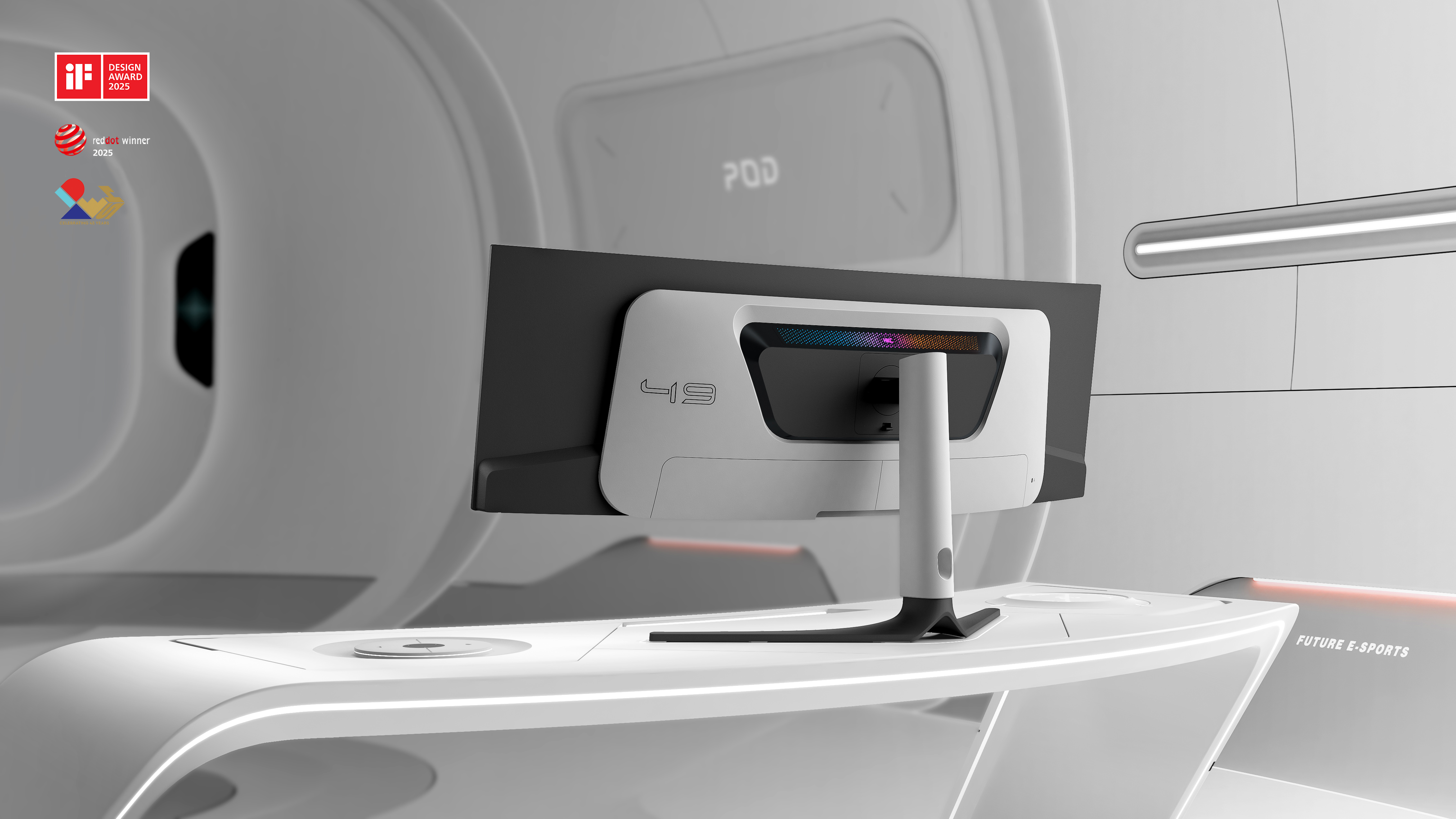Exemplar of Detailed Product Design — Hinge Design

In industrial design, hinges serve as the core mechanical structures that provide products with "articulated mobility." Through scientific classification across different dimensions, hinges not only precisely decode a product’s diverse functionalities and long-term durability but also profoundly influence the user interaction experience. Particularly in portable electronic devices, medical equipment, furniture design, and various fields requiring flexible opening and closing mechanisms, hinge design imparts unique physical characteristics to products, enabling them to stand out among competitors. This differentiation helps brands establish distinct market positioning and attract specific consumer groups. Moreover, with continuous technological advancements and growing market demands, the role and significance of hinge design in the market will continue to deepen.
Outline for This Issue:
· Core Functions and Basic Requirements
· Common Hinge Types and Working Principles
· Hinge Design Solution Sharing
(Core Functions and Basic Requirements)
The structural design of product hinges is far more than a simple "shaft with two holes." It is a comprehensive engineering challenge involving mechanical principles, material science, force calculations, precision manufacturing, ergonomics, reliability, and cost. A successful design must balance compactness, durability, tactile feedback, cost, and manufacturability while meeting all functional and performance requirements.
1. Precise Positioning and Stability: Provides clear torque feedback and strong holding force, ensuring the device remains stable at any angle without drifting or sinking, thereby guaranteeing precision and safety in medical operations.
2. Smooth and seamless operation: The doctor's operational experience directly affects work efficiency and fatigue levels. A rotating mechanism with just the right amount of damping provides a smooth, noiseless, and effortless control experience, which not only enhances the product's premium feel but also reflects consideration for medical staff.
3. Long Lifespan and High Reliability: Medical equipment often needs to withstand hundreds or even more opening/closing and adjustment cycles daily. Hinges must undergo rigorous fatigue testing to ensure no significant performance degradation (e.g., loosening, wobbling, damping failure, or breakage) within the expected usage cycles.
4. Safety and Sterility: Hinge designs must avoid sharp edges, hard-to-clean dead corners, and gaps to prevent bacterial growth and facilitate disinfection. The structure must be absolutely reliable to prevent any safety incidents caused by component breakage or loosening.
5. Spatial Integration and Aesthetics: In compact medical devices, hinges need to be highly integrated into the overall design, achieving a streamlined appearance that blends seamlessly with the product’s design language, thereby enhancing the overall aesthetic appeal.
(Common Hinge Types and Working Principles)
Friction Hinge Principle: Relies on the pressure between two or more friction plates to generate friction, providing torque and holding force.
Advantages: Simple structure, low cost, enables stepless adjustment, thin and compact.
Disadvantages: Torque is susceptible to wear, temperature, and lubrication, may fluctuate, and torque may decay after long-term use.
Gear Hinge Principle: Transmits motion and torque through the engagement of one or more pairs of gears.
Advantages: High load-bearing capacity, precise and stable positioning, strong wear resistance, long lifespan, high torque consistency.
Disadvantages: Complex structure, relatively high cost, may produce gear engagement noise.
Cam-Spring Hinge Principle: Utilizes the interaction between a cam curve and a spring. The unique profile of the cam can provide varying torque at specific positions (such as fully open or closed), even achieving "self-locking" or "automatic pop-open" effects.
Advantages: Enables non-linear torque variation, provides clear tactile feedback and a distinct sense of "open" and "closed" stages, reliable locking, moderate cost.
Disadvantages: Complex design, machining, and debugging.
Torsion Hinge Principle: Utilizes the torsional deformation of a metal rod (or bar) to provide torque.
Advantages: Compact structure, stable torque, no wearable parts, extremely long lifespan.
Disadvantages: Limited angle (usually less than 360°), high requirements for design and materials.
Design Process Overview
Requirement Definition: Clarify torque range, range of motion, spatial dimensions, lifecycle requirements, and cost targets.
Conceptual Design: Select the hinge type (e.g., friction, gear), and perform preliminary mechanism layout and motion simulation.
Detailed Design & Engineering Analysis:
3D Modeling: Create precise models of all components.
Kinematic/Dynamic Simulation: Analyze motion trajectory, velocity, acceleration, and force distribution.
Finite Element Analysis (FEA): Analyze stress and fatigue life of critical components to ensure structural integrity.
Tolerance Analysis: Ensure proper functionality post-assembly within manufacturing tolerance ranges.
Prototyping and Testing: Create prototypes via 3D printing, CNC machining, or mold sampling. Conduct extensive physical testing (e.g., lifecycle testing, high/low-temperature testing, drop testing) and iterate the design based on the results.
Mass Production and Quality Control: Proceed with mold fabrication, establish strict quality inspection standards, and control consistency during mass production.
(Hinge Design Solution Sharing)
1. Enclosed Shaft Hinge
Design Features: The enclosed shaft hinge is a design approach that conceals, encapsulates, or integrates traditional exposed hinge structures within the product's housing or main body form. In medical equipment, this design is commonly found in products with high aesthetic requirements or those needing protection from contamination or impact.
Advantages: The enclosed shaft hinge enhances the overall aesthetic appeal of the product by eliminating unnecessary visual elements, resulting in a more refined and integrated appearance. Simultaneously, it reduces external interference on the hinge, extending its service life. Furthermore, the enclosed shaft hinge can, to some extent, strengthen the product's structural integrity. Through synergistic interaction with surrounding structural components, it improves the overall stability of the product.
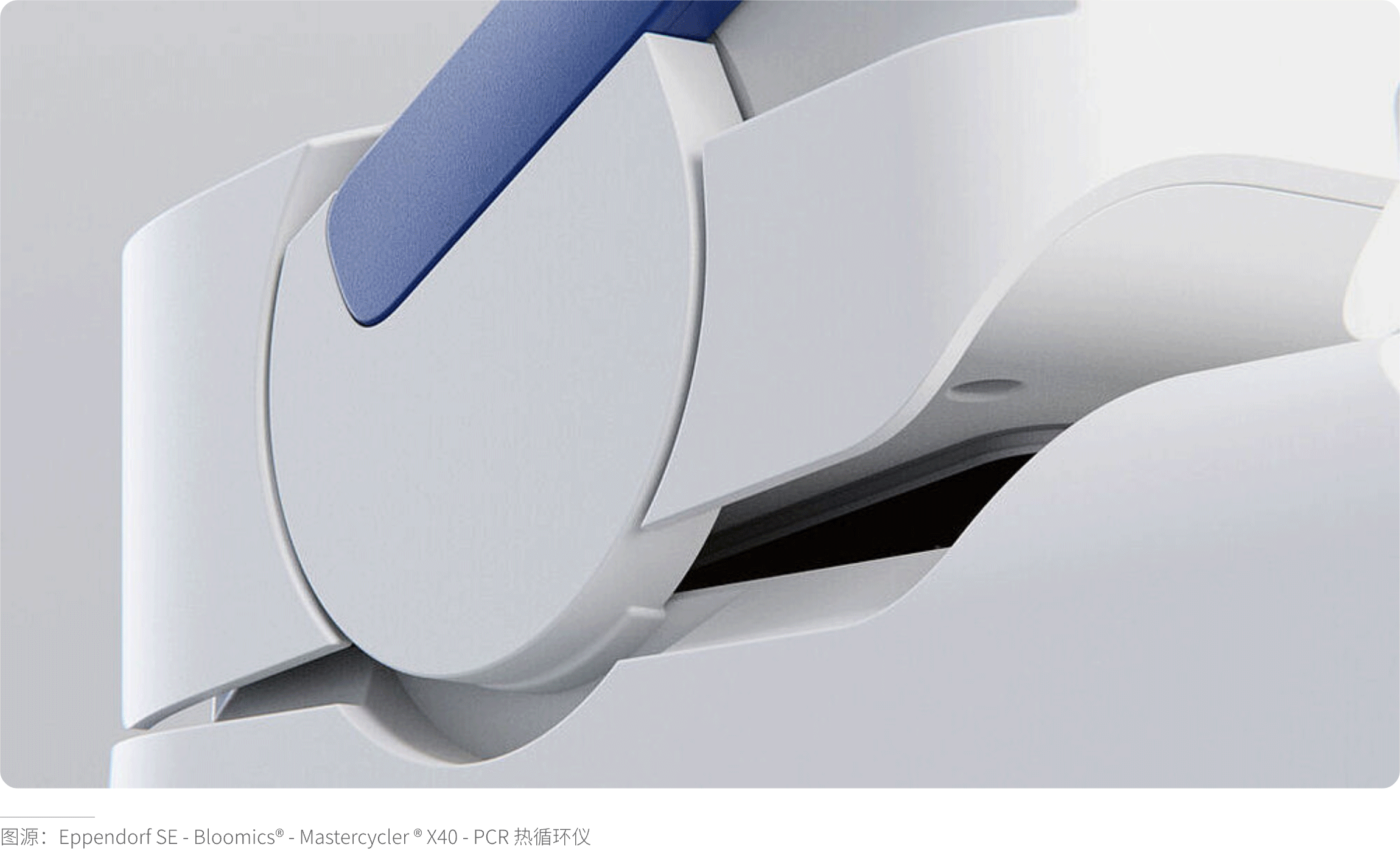
2. Spherical Hinge
Design Features: The spherical hinge centers around its unique ball-shaped structure, allowing connected components to flexibly adjust angles in multiple directions. Unlike traditional hinges that rotate only in a single plane, it enables the connected rod to freely pivot and rotate within a spherical range, typically providing two rotational degrees of freedom (pitch and yaw). In the medical device field, spherical hinges are commonly used in equipment requiring omnidirectional adjustment, such as certain surgical lighting fixtures and rehabilitation training devices.
Advantages: The spherical hinge offers exceptional flexibility to medical devices, meeting the demands of complex and dynamic usage scenarios. Its multi-angle adjustment capability allows healthcare professionals to operate equipment with greater precision, enhancing the accuracy of treatments and diagnostics. Moreover, the design of the spherical hinge is relatively compact and space-efficient, providing significant advantages for medical devices with strict spatial constraints. It enables flexible adjustments without unnecessarily increasing the product’s size, thereby preserving portability.
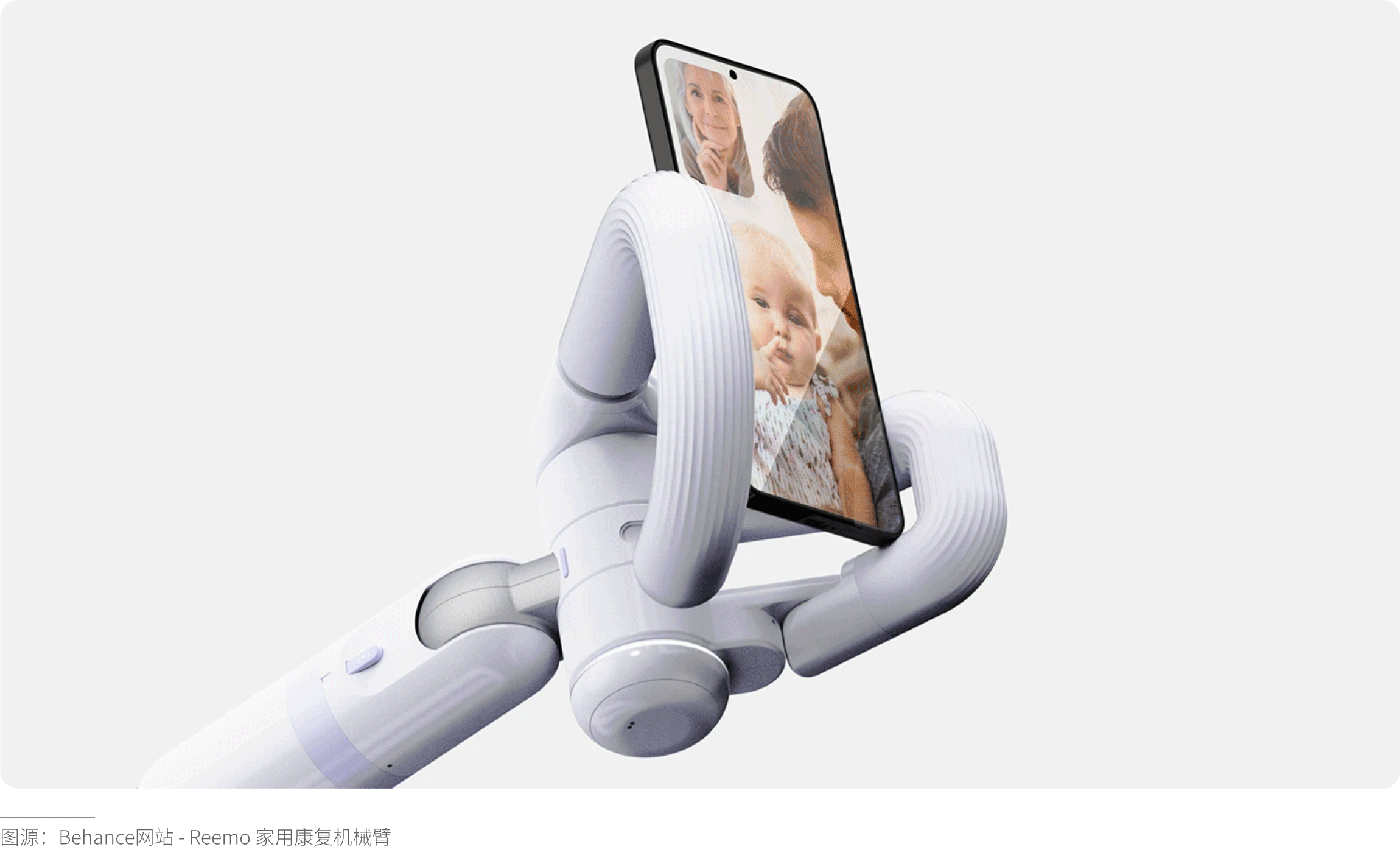
3. Multi-Segment Hinge
Design Features: The multi-segment hinge consists of multiple independent hinge segments, each capable of being adjusted and controlled individually. This design is commonly found in medical equipment requiring complex angular transformations or multi-position adjustments, such as multifunctional hospital beds and foldable rehabilitation training devices.
Advantages: The multi-segment hinge provides extensive adjustment options for medical devices, significantly enhancing product adaptability. As different patients have varying physical conditions and needs, this design can accommodate personalized usage requirements. Meanwhile, the independent adjustment capability enables different sections of the device to achieve varying degrees of movement, thereby better simulating natural human motions and postures. In rehabilitation training equipment, this contributes to improving the effectiveness of therapy. Additionally, the multi-segment hinge design enhances product stability by rationally distributing forces across each segment, ensuring the device remains steady in all adjustment configurations.

4. Limited-Rotation Hinge
Design Features: The limited-rotation hinge incorporates specific structural design elements to precisely restrict the rotational range of the hinge, ensuring the device operates within a predetermined path and angular range. In medical equipment, this type of hinge is widely used in devices that demand high safety and operational precision, such as articulated components of surgical instruments and rotating parts of medical detection equipment.
Advantages: The primary advantage of the limited-rotation hinge lies in ensuring the operational safety of medical devices. During medical procedures, even a minor error could lead to serious consequences. The limited-rotation hinge effectively prevents safety incidents caused by over-rotation or misalignment of the hinge. Additionally, it enhances the operational precision of the device, enabling medical staff to control the instrument's movement more accurately, thereby improving the success rates of surgeries and diagnostics. Furthermore, by restricting the force-bearing range of the hinge, the limited-rotation design helps reduce wear on the shaft and bearings, extending the device's service life and lowering maintenance costs for medical equipment.
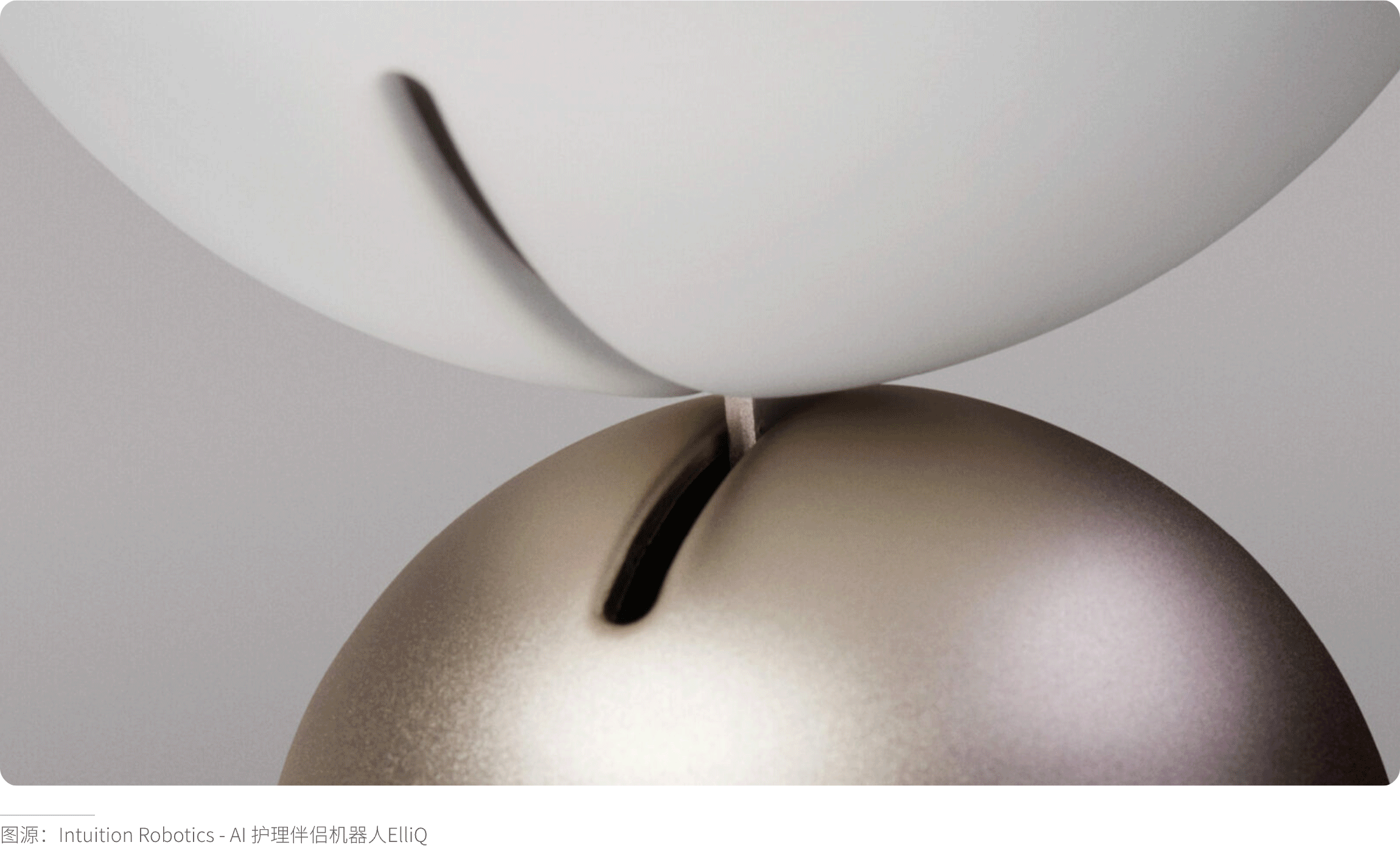
5. Concentric Hinge
Design Features: The concentric hinge refers to a configuration where multiple shafts are arranged around the same central axis. It is typically used in medical equipment that requires smooth rotation and precise transmission, such as the rotating components of high-precision medical imaging devices like CT scanners and MRI systems. In these devices, the concentric hinge design plays a critical role in ensuring the rotational parts operate with extremely high stability and precision, which is essential for capturing clear and accurate imaging data.
Advantages: The concentric hinge ensures fixed relative positions among the components of the device, effectively minimizing vibration and friction. In medical imaging equipment, stable rotation prevents issues such as blurring or distortion in images, thereby enhancing diagnostic accuracy. Additionally, the concentric hinge design improves the overall reliability of the device by reducing the likelihood of malfunctions caused by component loosening or misalignment. By minimizing friction, it also lowers energy consumption, aligning with energy-saving and environmental requirements. Furthermore, the compact structural design of the concentric hinge helps optimize the spatial layout of the product, enabling the implementation of complex functionalities within limited space.
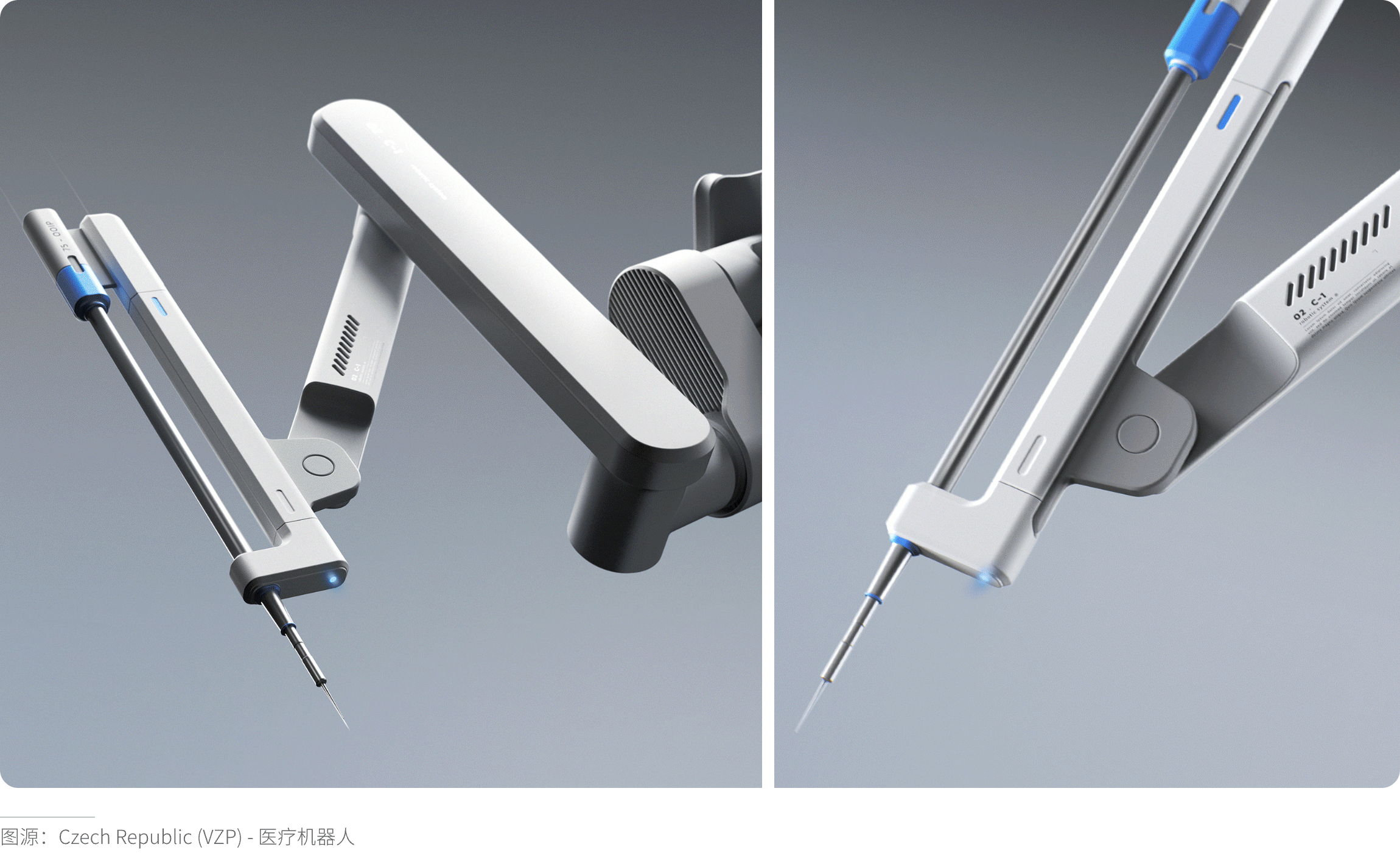
6. Butt Hinge
Design Features: The butt hinge typically consists of two leaf plates and a central pin, featuring a simple yet robust structure primarily used to enable opening and closing functions in products. In medical equipment, it is widely applied in small portable devices and foldable medical instruments.
Advantages: The butt hinge design offers straightforward operation and smooth opening and closing motion. It provides reliable opening and closing functionality for medical devices, meeting the demands of daily use and rapid operation in emergencies. The relatively simple structure of the butt hinge results in lower manufacturing costs, making it suitable for mass production. At the same time, it exhibits high stability and durability, capable of withstanding frequent opening and closing cycles while maintaining optimal performance throughout the device's lifecycle. Additionally, the butt hinge design ensures a tight seal when the product is closed. For medical equipment requiring protection against moisture and dust, this characteristic effectively safeguards the quality and safety of internal components. For example, the single-molecule immunoassay analyzer developed by Gravity Design utilizes this hinge mechanism.

Different hinge types each possess their own advantages, limitations, and applicable fields. In product design, it is essential to select the appropriate hinge form based on specific requirements, while also considering factors such as manufacturing, maintenance costs, and precision control. With technological advancements, future innovations may introduce even more hinge variations, unlocking broader possibilities for product design.
(Conclusion)
Hinge design exemplifies the notion of "small component, profound implications" in product development. It has evolved from a simple mechanical part performing basic functions into a core component that enhances product differentiation, user experience, and a sense of premium quality. Particularly in emerging fields such as foldable devices, hinge design capability directly reflects a brand's core technological prowess. At Gravity Design, we believe that successful hinge design is ultimately the perfect integration of mechanical engineering, industrial design, and advanced manufacturing processes.
